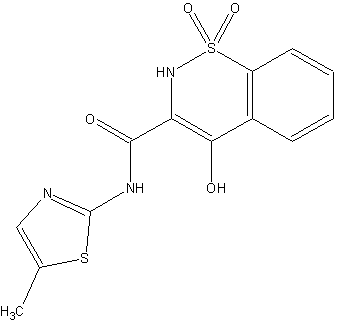1. In "Drug Therapy for Acute and Chronic Pain in the Cat" (IJPC 2002;6(5), an error was made on page 342 in Table 3, Continued. Under the "Feline Dose" column beside the drug Meloxicam, the dosage information should read: 0.2 mg/kg sub-q single dose; 2. 0.2 mg/kg PO on day 2 followed by 0.1 mg/kg PO daily for 4 to 6 days; then decrease the dose to every other day to the smallest effective dose.
2. Also in the same volume and issue, in the "Calculations," an error was made on page 387 in 4.C. The information shown beside the ingredient phenobarbital should be: 2.2 g x 1000 mg/g x 0.4 = 880 mg.
3. In the formula "Fentanyl 100 (mu)g/0.1 mL in a Pluronic Lecithin Organogel (PLO)" (IJPC 2002; 5(1):45), an error was made in the quantity of the fentanyl citrate in the ingredients column. The quantity of this ingredient required to prepare this formula is 157 mg.
4. In the article "Stability of Magnesium Sulfate in 0.9% Sodium Chloride and Lactated Ringers Solutions," (IJPC 1998;2(5)), an error was made on page 385 in the "Experimental Methods" section. The first sentence under the subheading "Preparation and Storage of Test Solutions" lists an incorrect concentration. The actual concentration should be 37 g/L instead of the 37 g/mL shown.
Copyright International Journal of Pharmaceutical Compounding Sep/Oct 2003
Provided by ProQuest Information and Learning Company. All rights Reserved



